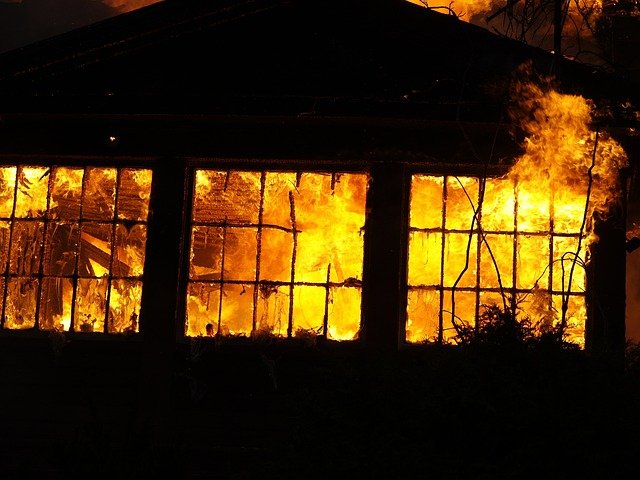Progress Made, but Fire Still Smolders
Firefighters are gaining ground on a massive wildfire near Ventura, California, but the blaze continues to “smolder and creep” through rugged terrain. The fire, which has burned over 32 square miles, has damaged or destroyed nearly 250 homes, businesses, and other structures.
As of Monday, the California Department of Forestry and Fire Protection (Cal Fire) reported that containment had reached 42%. Despite progress, the fire remains a threat to vital infrastructure, highways, and nearby communities. Since Thursday, its size has held steady at around 20,630 acres (8,350 hectares).
Favorable weather has aided firefighting efforts, allowing crews to strengthen control lines. However, the National Weather Service warned of winds reaching 20 to 30 mph on Monday, with gusts up to 40 mph. These winds are weaker than the 80 mph gusts that initially fueled the fire last week.
The fire’s cause, which started last Wednesday, remains under investigation. Six people have been injured. At a Sunday public meeting, Ventura County Fire Chief Dustin Gardner praised the “heroic” work of first responders.
“I’m grateful for the lives that were saved and the fact that there have been no reported fatalities,” Gardner said, earning applause from the crowd. “The damage is significant, but thousands of homes were saved, and hundreds of lives were spared.”
Evacuations and Farmer Losses
Early responders fought the fire for 30 hours straight. Over 1,000 firefighters were on the scene within 24 hours, with over 2,800 now engaged. Some evacuation orders remain in place, but certain residents have been allowed to return home.
“I know we made mistakes, but we’ll learn from them,” Gardner said. “We can rebuild, we can recover, and we will heal.”
The fire has caused significant damage to Ventura County’s agriculture, with estimated losses of $2.4 million. Damaged crops include avocado, citrus, and berry plants, as well as vital infrastructure like fences, irrigation lines, and storage buildings.
“Many farmers were out in their orchards, trying to minimize the fire’s impact on their operations and their buildings,” said Maureen McGuire, CEO of the Ventura County Farm Bureau.
Northeast Fires Persist Amid Ongoing Drought
Drought Conditions Drive Wildfires
Parts of the Northeast remain at high fire risk despite light rain over the weekend. The rain brought 0.15 to 0.30 inches of moisture to New York, New Jersey, and Connecticut—the first measurable rain since September—but it was not enough to curb fire danger. Fire risks are expected to stay high through Tuesday, according to AccuWeather.
“Rain has moved east, and dry conditions are expected for much of the week,” the National Weather Service reported. A slight chance of rain is forecast for Thursday night.
Warm weather, low humidity, and strong winds continue to fuel wildfires in northern New Jersey and New York. Over the weekend, New York State Police confirmed the death of 18-year-old state parks employee Dariel Vasquez. Vasquez died while clearing brush and trees in Sterling Forest as part of firefighting efforts. A falling tree struck him during the operation.
The Jennings Creek Wildfire grew to 3,500 acres by Monday evening, with containment at 20%. New York’s fire authorities are working with the New Jersey Forest Fire Service to control the blaze. So far, no buildings or critical infrastructure have been damaged.
“While the rain helped slow the fire, it wasn’t enough,” said Jesse Dwyer, a supervisor in Warwick, N.Y., on Facebook. “Please continue to pray for our responders and the residents in the affected areas.”
Record-Breaking Heat Fuels Wildfire Crisis
2024 May Be Hottest Year on Record
Global temperatures are on track to make 2024 the hottest year on record. Climate scientists with the Copernicus Climate Change Service say it is now “virtually certain” that 2024 will surpass 2023—currently the hottest year on record. This year is also expected to be the first in which global average temperatures exceed 2.7°C above pre-industrial levels, a threshold world leaders hoped to avoid.
“This is a new milestone in global temperature records, and it should serve as a catalyst to raise ambition at the upcoming COP29 climate conference,” said Samantha Burgess, deputy director of Copernicus. The climate conference begins Monday in Azerbaijan.
With record heat and prolonged droughts becoming more frequent, wildfire risks are increasing worldwide. Fire authorities warn that stronger, faster, and more destructive wildfires could become the norm in years to come.


